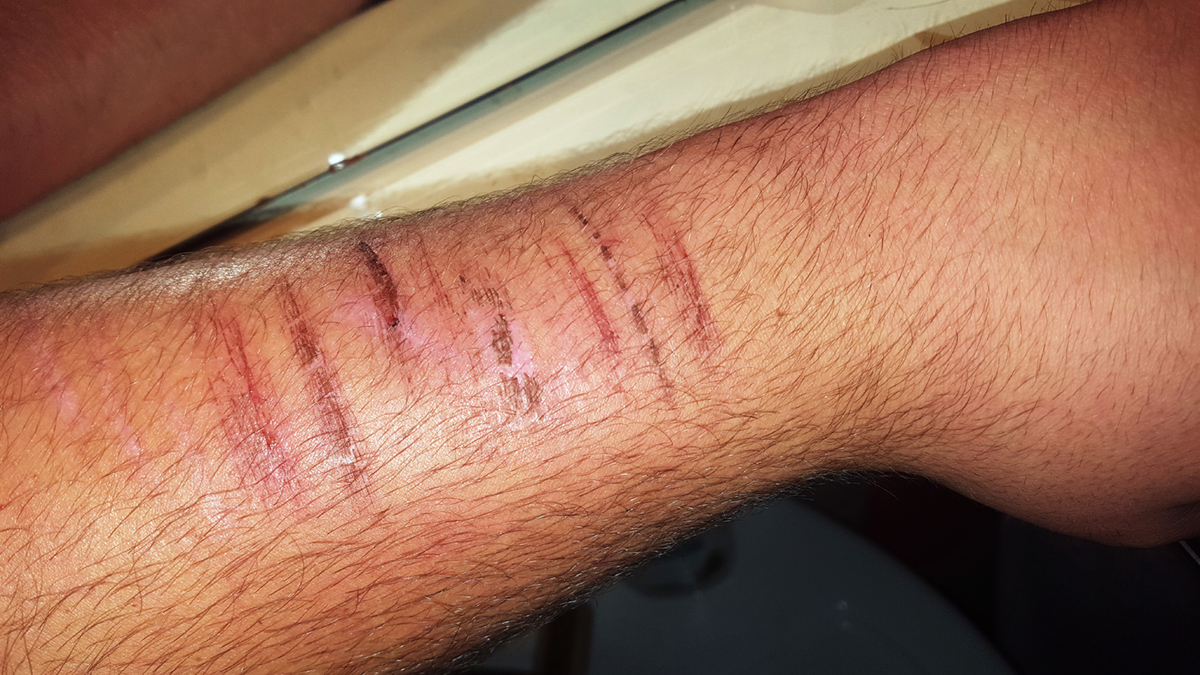
Cuts and scrapes qualify as minor injuries, but this does not mean they should be neglected. Everybody gets cuts and scrapes, especially children, who run around a lot, climb trees, and often trip and fall. If such injury is , in fact, minor, it can be treated quite successfully at home using only the basic supplies found in every household. The important thing is to clean them thoroughly and control them for signs of infection. Proper care of cuts and scrapes is something every person should know how to do.
Cleaning cuts and scrapes
Before proceeding with any treatment of cuts and scrapes, the injured person must make sure that the injury is minor. More serious injuries are better if reported to a medical professional. Before cleaning the wound, one should examine it very carefully for any foreign objects like dirt, gravel, pieces of glass, metal or wood chips and such. Those objects should be carefully removed using sterilized tweezers.
The next step would be assembling the supplies. For most cuts and scrapes this includes running water, mild soap, hydrogen peroxide, bandages or band-aid.
The wound should be cleaned using clean, running and lukewarm water and mild soap. If there is no running water available, clean water can be poured over the cut or the scrape. The soap should be mild, but if the only soap available is heavily perfumed, it will work but it will probably sting. There should be enough water available to rinse all the traces of soap lather from the wound.
After the wound is washed, it is time to pour some hydrogen peroxide over it. It will start to bubble in contact with the wound, which is normal and it is in fact very important. The bubbles help move the bacteria up and out of the wound.
Dressing the wound
Usually there is no need to use bandages on minor cuts and scrapes, unless they are wide and deep. Wounds heal much faster when they are allowed to breathe and to be in contact with the air. It makes the clotting and the healing faster.
Certain cuts, however, are better if closed and protected with gauze, a bandage or a band-aid. For example, cuts at the bottom of the feet, on fingers and other parts of the body that are exposed to harmful agents, dirt and bacteria should be covered. Gauze is probably the best choice because it allows the wound to breathe.
If any type of dressing is used, it should be changed regularly and the wound should be cleaned every time the dressing is replaced. After a crust forms on the cut or a scrape, it is probably safe to remove the dressing because the crust will protect it.
Cuts and scrapes should be monitored for a few days. Any signs of infection, like redness, pain, swelling, irritation, itching, and oozing of pus should be reported to a doctor.


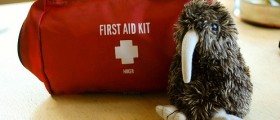

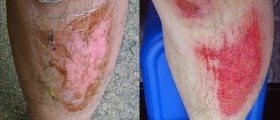
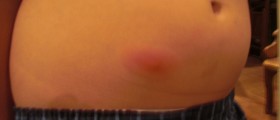
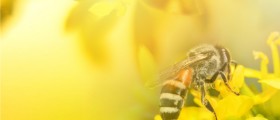

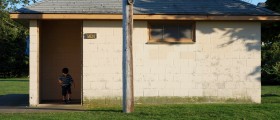

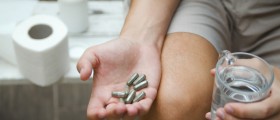
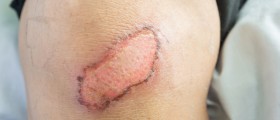
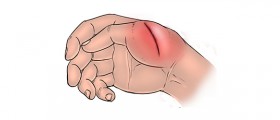
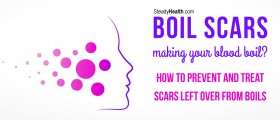
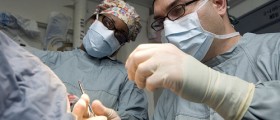


Your thoughts on this
Loading...